Portrait of a girl
Pastel on paper, glued on canvas
Dimensions: 51 x 41.5 cm.
Literature:
Neil Jeffares, 2006, "Dictionary of Pastelists Before 1800", il. p 366.
Lundberg was born in Stockholm, Sweden, the son of Royal Chef Gustaf Lundberg and his wife, Sabina Richter, whose family had successful artists. He was raised as a very young orphan by his grandfather Fredrik Richter, who was a goldsmith. Lundberg later trained in 1712 with the German-Swedish painter David von Krafft (1655-1724) [1]. [2] In 1717 Lundberg left for Paris, where he studied with Hyacinthe Rigaud (1659-1743), Nicolas de Largillière (1656-1746) and Jean François de Troy (1679-1752). The decisive influence was the Venetian painter Rosalba Carrier (1675-1757), who lived in Paris from 1720 to 1721 [3]. Subsequently, Lundberg established himself as one of the main portrait painters in Paris. Painted by Louis XV. and his queen Maria Leszczyńska and the queen's parents, deposed King Stanisław Leszczyński and his wife, and gave Stanislaus lessons of pastel painting. It depicts many Swedes who visit Paris and befriend Count Carl Gustaf Tessin (1695-1770) - a Swedish ambassador, art collector and member of a famous family of architects who left him to stay in his palace. In addition to numerous portraits of the French and Swedish aristocracy, he is known for his paintings by colleagues, the French Rococo artists Charles-Joseph Natoir (1700-1777) and François Boucher (1703-1770). [1] [4] In 1741, Lundberg was elected a member of the Royal Academy of Painting and Sculpture. However, his popularity soon began to decline due to new pastelists, who represent a more realistic style than his own. In 1745 he traveled to Spain and Portugal and stopped in Madrid to paint Louis XV's daughter, Louise-Elisabeth, who was married to Philip, son of King Philip V. [1] [4] He returned to Sweden in the autumn of 1745. The artist, already crowned with success, quickly established himself as the first Rococo painter in Sweden. Thanks to his friendship with Carl Gustaf Ticino, he was quickly brought before the Royal Court of Sweden. Lundberg's light and elegant style was a detachment from the earlier Baroque style of portraiture. In 1750 he was appointed painter of court portraits (hovkonterfejare). He painted many portraits of the Crown Prince, later King Gustav III. Towards the end of his career, he painted a portrait of the young Crown Prince Gustav Adolf in 1779. He died in 1786 in Stockholm and was buried in Uppsala gamla kyrkogård. [1] [4] The artist, already crowned with success, quickly established himself as the first Rococo painter in Sweden. Thanks to his friendship with Carl Gustaf Ticino, he was quickly brought before the Royal Court of Sweden. Lundberg's light and elegant style was a detachment from the earlier Baroque style of portraiture. In 1750 he was appointed painter of court portraits (hovkonterfejare). He painted many portraits of the Crown Prince, later King Gustav III. Towards the end of his career, he painted a portrait of the young Crown Prince Gustav Adolf in 1779. He died in 1786 in Stockholm and was buried in Uppsala gamla kyrkogård. [1] [4] The artist, already crowned with success, quickly established himself as the first Rococo painter in Sweden. Thanks to his friendship with Carl Gustaf Ticino, he was quickly brought before the Royal Court of Sweden. Lundberg's light and elegant style was a detachment from the earlier Baroque style of portraiture. In 1750 he was appointed painter of court portraits (hovkonterfejare). He painted many portraits of the Crown Prince, later King Gustav III. Towards the end of his career, he painted a portrait of the young Crown Prince Gustav Adolf in 1779. He died in 1786 in Stockholm and was buried in Uppsala gamla kyrkogård. [1] [4] was quickly brought before the Royal Court of Sweden. Lundberg's light and elegant style was a detachment from the earlier Baroque style of portraiture. In 1750 he was appointed painter of court portraits (hovkonterfejare). He painted many portraits of the Crown Prince, later King Gustav III. Towards the end of his career, he painted a portrait of the young Crown Prince Gustav Adolf in 1779. He died in 1786 in Stockholm and was buried in Uppsala gamla kyrkogård. [1] [4] was quickly brought before the Royal Court of Sweden. Lundberg's light and elegant style was a detachment from the earlier Baroque style of portraiture. In 1750 he was appointed painter of court portraits (hovkonterfejare). He painted many portraits of the Crown Prince, later King Gustav III. Towards the end of his career, he painted a portrait of the young Crown Prince Gustav Adolf in 1779. He died in 1786 in Stockholm and was buried in Uppsala gamla kyrkogård. [1] [4] He died in Stockholm in 1786 and was buried in Uppsala gamla kyrkogård. [1] [4] He died in Stockholm in 1786 and was buried in Uppsala gamla kyrkogård. [1] [4] la kyrke 1786 a byl pohřben v Uppsala gamla kyrkogård. [1] [4]la ky


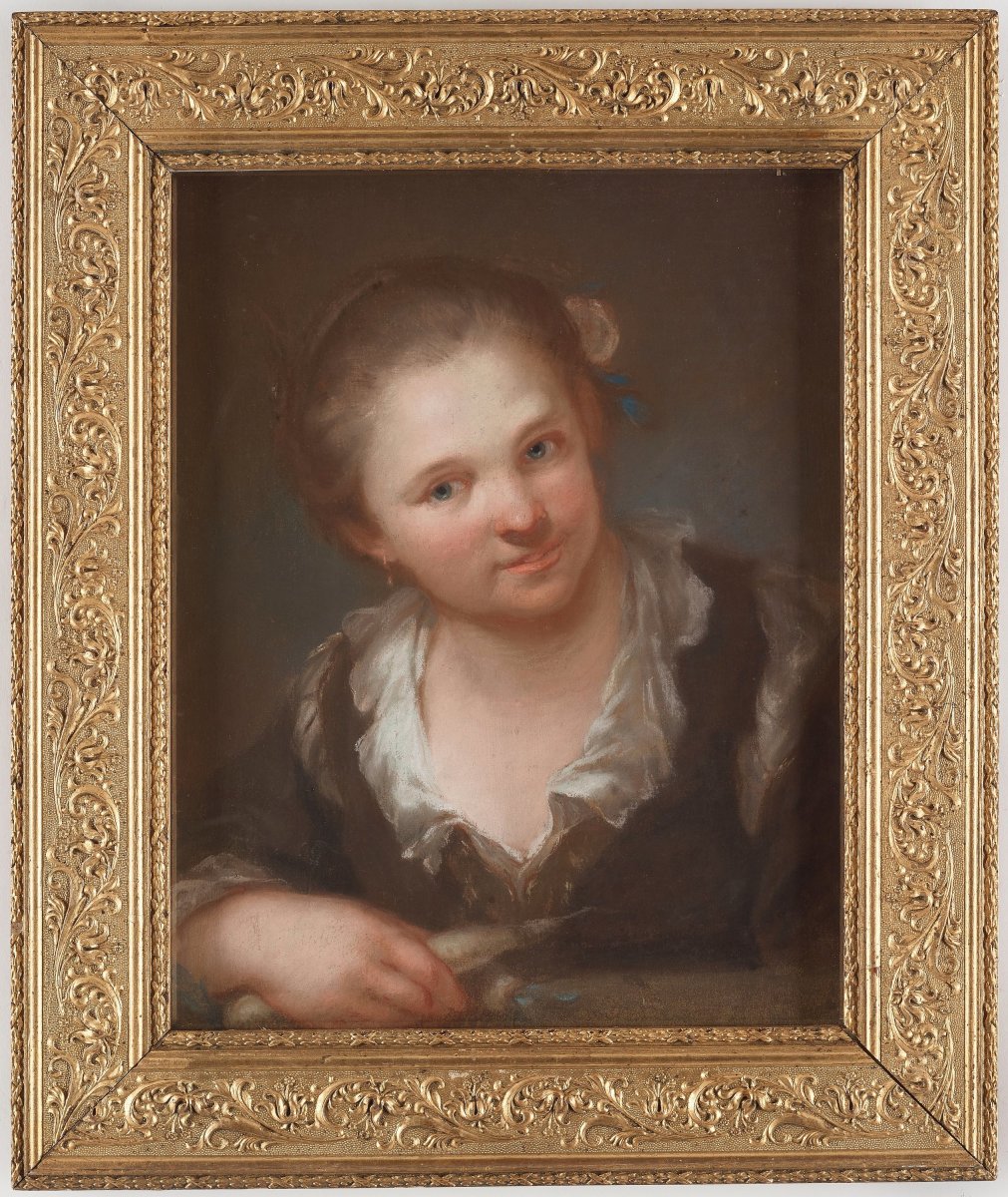

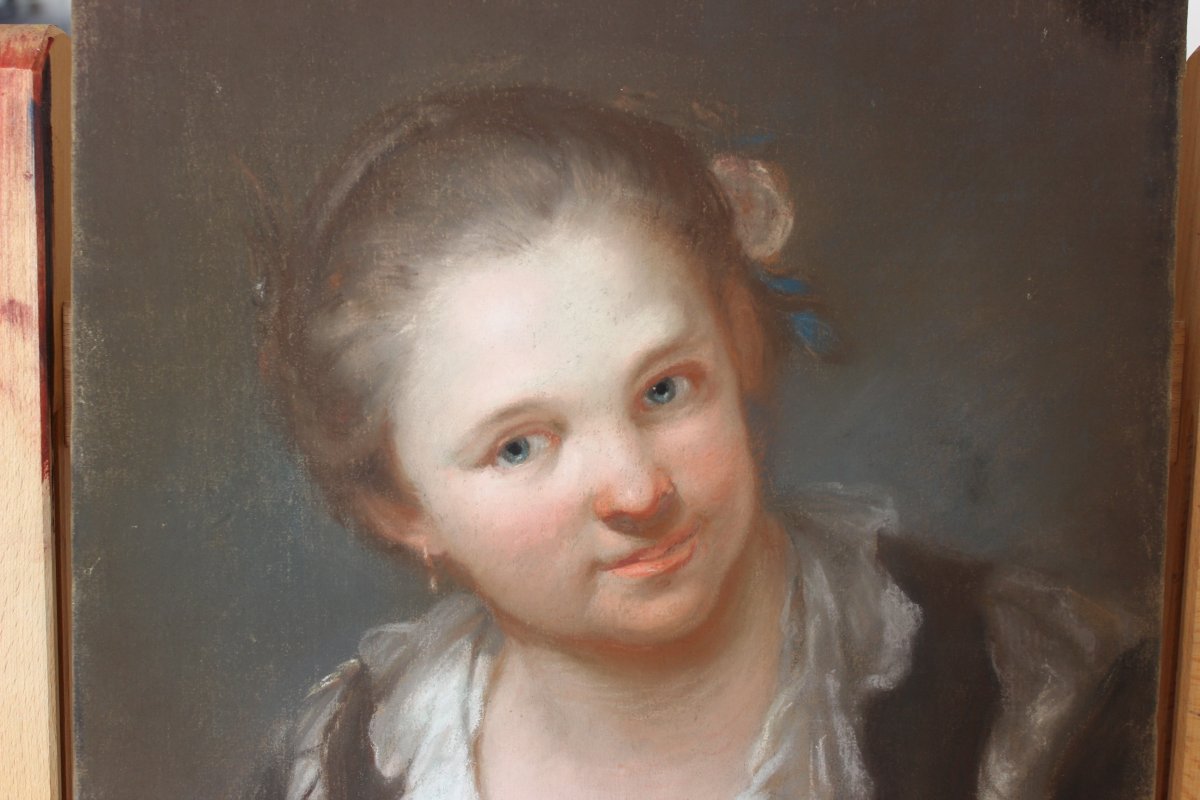
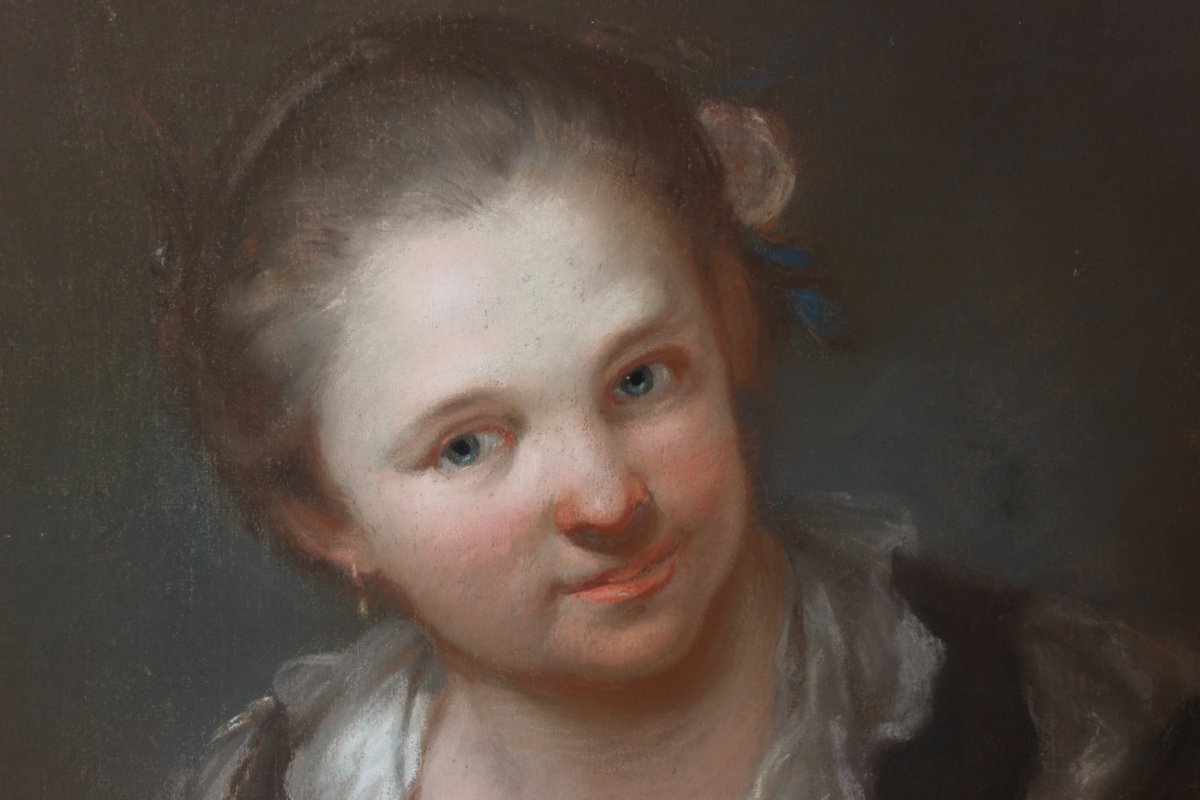

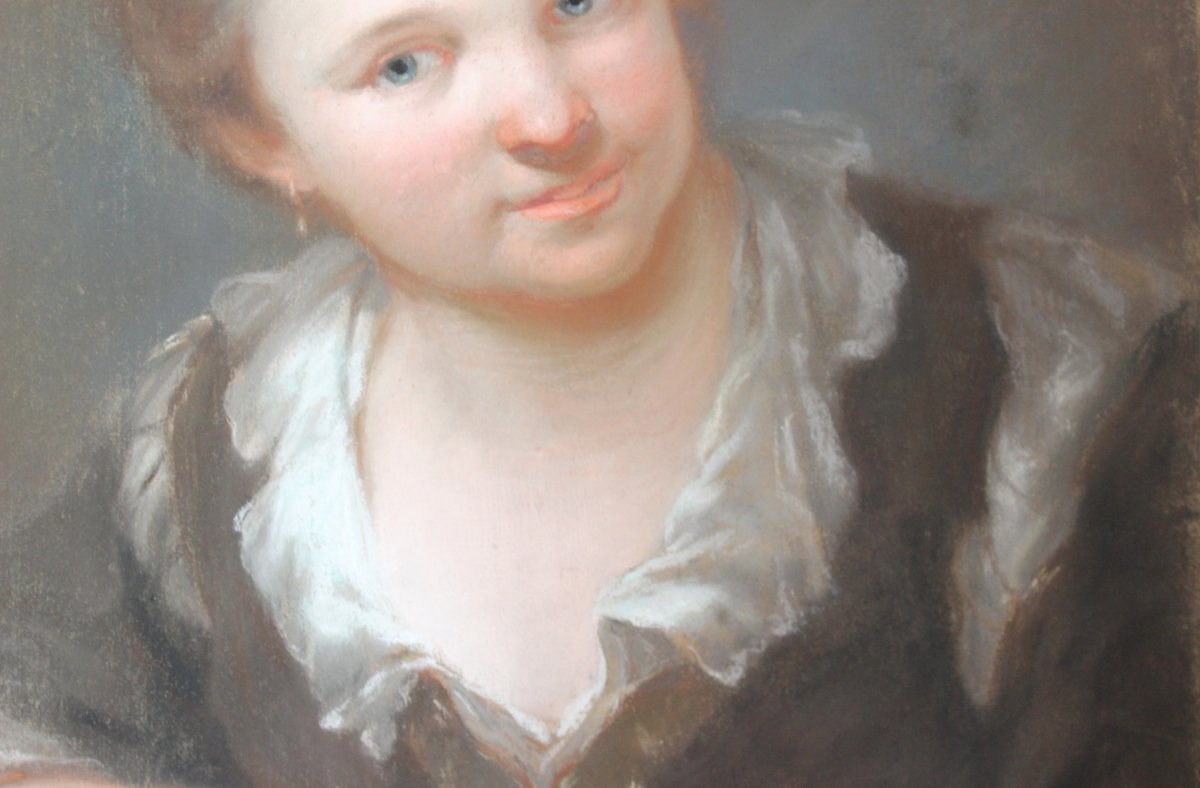







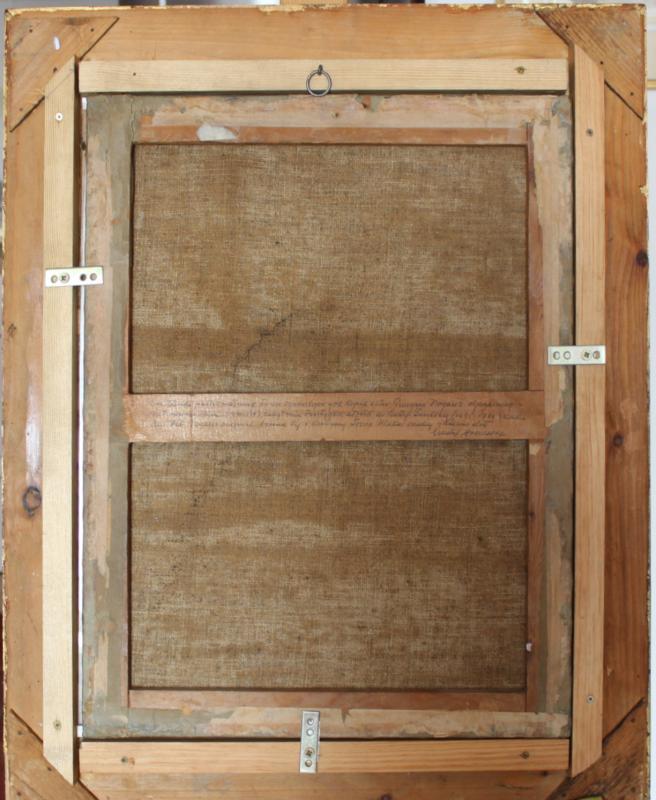




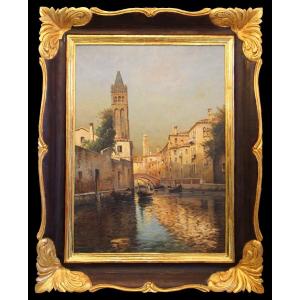
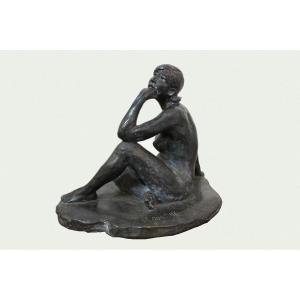
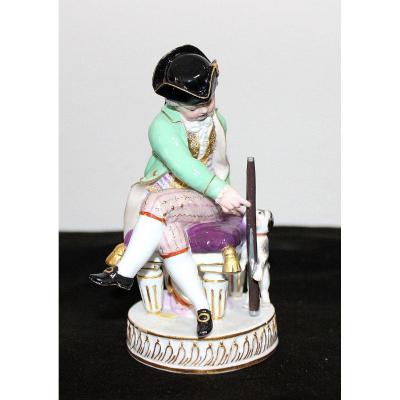






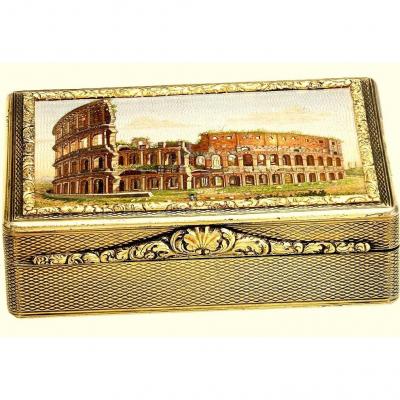

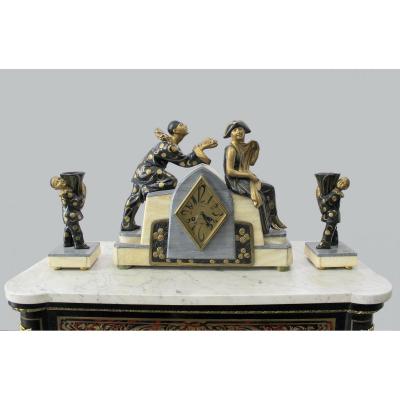
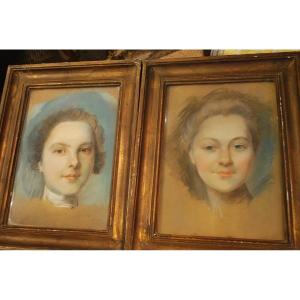







 Le Magazine de PROANTIC
Le Magazine de PROANTIC TRÉSORS Magazine
TRÉSORS Magazine Rivista Artiquariato
Rivista Artiquariato